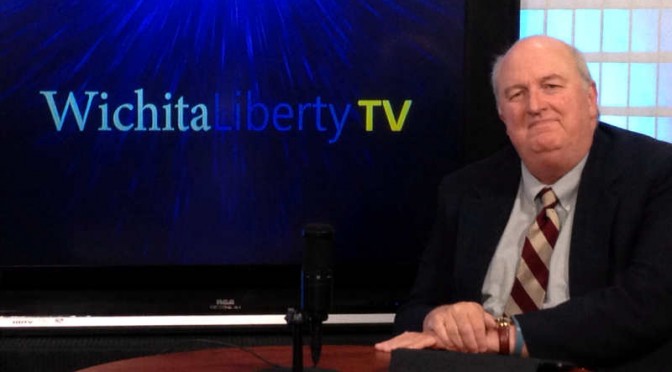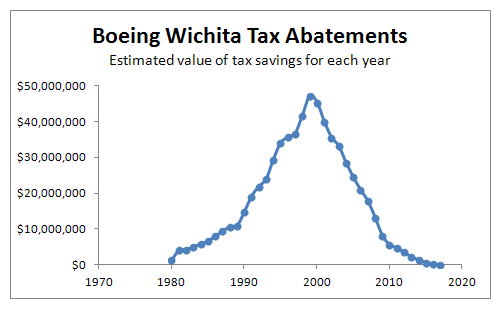Tag: Tax abatements
-

WichitaLiberty.TV: Wichita’s legislative agenda, and a bit of bad news
A look at some elements of Wichita’s legislative agenda for state government, in particular special tax treatment for special artists, problems with the city’s numbers regarding airfares, and why we should abandon the pursuit of passenger rail. Then, why are people not more involved in political affairs?
-

City of Wichita State Legislative Agenda: Economic Development
The City of Wichita wishes to preserve the many economic development incentives it has at its disposal.
-

City of Wichita State Legislative Agenda: Cultural Arts Districts
Wichita government spending on economic development leads to imagined problems that require government intervention and more taxpayer contribution to resolve. The cycle of organic rebirth of cities is then replaced with bureaucratic management.
-

Kansas cities should not unilaterally grant tax breaks
When Kansas cities grant economic development incentives, they may also unilaterally take action that affects overlapping jurisdictions such as counties, school districts, and the state itself. The legislature should end this.
-

Wichita to consider tax exemptions
A Wichita company asks for property and sales tax exemptions on the same day Wichita voters decide whether to increase the sales tax, including the tax on groceries.
-

For Wichita, another economic development plan
The Wichita City Council will consider a proposal from a consultant to “facilitate a community conversation for the creation of a new economic development diversification plan for the greater Wichita region.” Haven’t we been down this road before?
-

To Wichita, a promise to wisely invest if sales tax passes
Claims of a reformed economic development process if Wichita voters approve a sales tax must be evaluated in light of past practice and the sameness of the people in charge. If these leaders are truly interested in reforming Wichita’s economic development machinery and processes, they could have started years ago using the generous incentives we…
-

Beechcraft incentives a teachable moment for Wichita
The case of Beechcraft and economic development incentives holds several lessons as Wichita considers a new tax with a portion devoted to incentives.
-

What Boeing received from Wichita was better than cash
Supporters of the proposed Wichita sales tax contend that the millions in incentives Boeing received were not cash. That’s true — they were more valuable than cash.